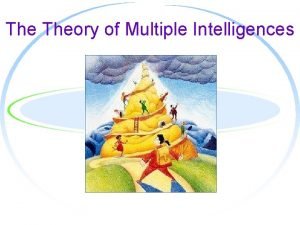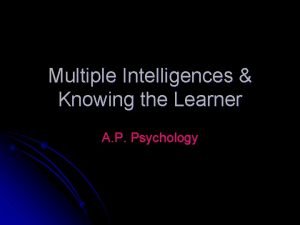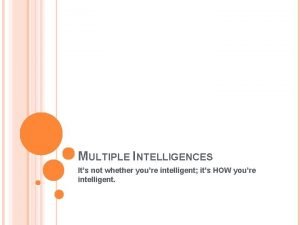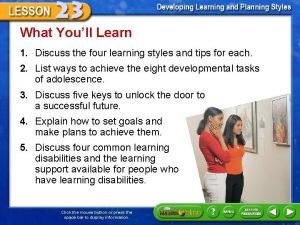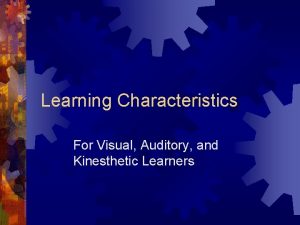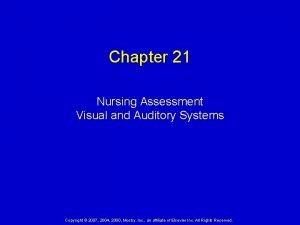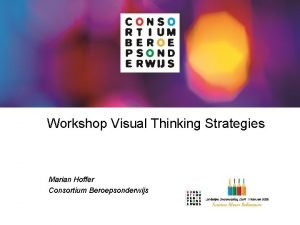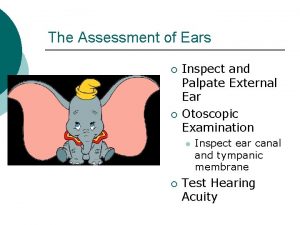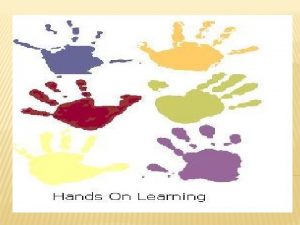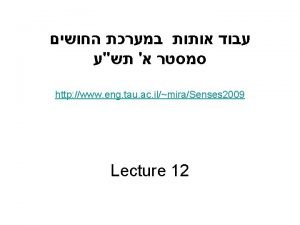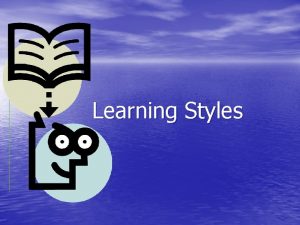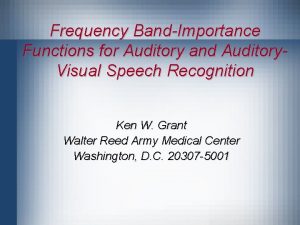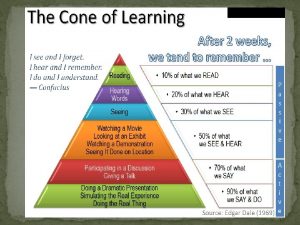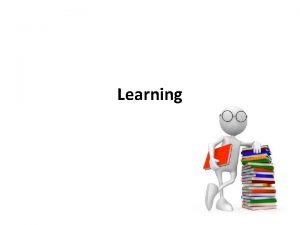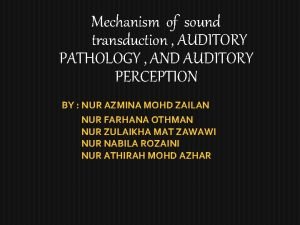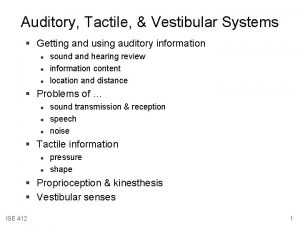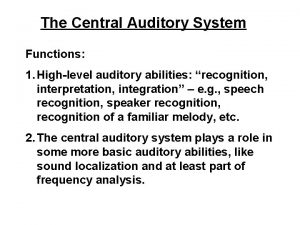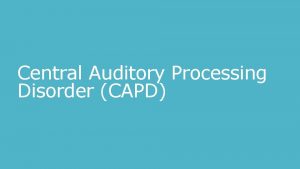Styles and Strategies Part II Visual Auditory Kinesthetic


















- Slides: 18

Styles and Strategies Part II

Visual, Auditory, Kinesthetic styles: � Visual: Reading and studying charts, drawings and graphic information � Auditory: Listening to lectures and audiotapes � Kinesthetic: � Demonstrations and physical activity involving � bodily movement

Autonomy awareness and action � Autonomy Students take charge of their learning (by initiating oral production, solving problems, practice using language in groups in and outside classrooms)

In addition Awareness means: Becoming aware of the process of learning and the conscious applications of appropriate strategies Action: to take action of the strategies available

Strategies Styles are the different characteristics that differentiate one individual from another Strategies are the specific techniques one employs to solve a problem.

There are two kinds of strategies: 1) Learning strategies: (input- processing- storage- retrieval- taking messages from others) dealing with receptive domain of intake 2) Communication strategies: (output- production of meaning- how to deliver messages to others) verbal and nonverbal productive communication of information

Characteristics of good language learners: Find their own way of learning Learn to live with uncertainty Use contextual cues to comprehend Learn tricks to keep conversations going Organize information about language Use memory strategies to recall Make errors work for them Make intelligent guesses Learn production strategies to fill gaps , make opportunities of practicing language Creative and feel for the language Use linguistic knowledge of 1 L to learn 2 L Learn language as a whole Learn styles of speech and writing

Types of learning strategies Metacognitive Cognitive Sosioaffective

Information Processing Evaluating learning afterwards Metacognitive Think and monitor production or comprehension Learning planning

Specific tasks Cognitive Direct manipulation Limited

Social activities Socioaffective Interact with others

The effectiveness is measured through 4 skills Writing Reading Speaking Listening

Communication strategies � Conscious plans to solve problems in order to reach communicative goal Avoidance strategies Compensatory strategies

Avoidance strategies are: Syntactic or lexical Phonological Topic • To avoid lexical items within semantic category • To avoid items of phonological difficulty • To avoid certain topics that to avoid difficulty in expressing an idea

Compensatory strategies This is to compensate missing knowledge Prefabricated patterns Codeswitching Memorizing phrases or sentences without internalized knowledge of their components The use of a first or second language within a stream of speech in teh second language. Appeal to authority A direct appeal for help 9 teacherbilingual dictionary

Strategies-based instruction SBI is the application of both learning and communication strategies to classroom learning

SBI is effective if students Understand the strategy 2) Perceive it to be effective 3) Do not consider its implementation to be overly difficult 1)

SBI IMPLEMENTATION INVOLVES SOME STEPS: identifying learners’ styles and potential strategies (self-check questionnaire) 2) Incorporating SBI in communicative language courses and classrooms 3) Providing extra class assistance for learners 1)
 Pros and cons of kinesthetic learning
Pros and cons of kinesthetic learning Kinesthesis and vestibular sense
Kinesthesis and vestibular sense Intrapersonal antonym
Intrapersonal antonym Michael jordan bodily kinesthetic intelligence
Michael jordan bodily kinesthetic intelligence Types od poems
Types od poems Three lines poem
Three lines poem Multiple intelligences ap psychology
Multiple intelligences ap psychology Revision techniques for kinesthetic learners
Revision techniques for kinesthetic learners Imagery poetry definition
Imagery poetry definition Visual spatial intelligence celebrities
Visual spatial intelligence celebrities Famous kinesthetic person
Famous kinesthetic person Discuss the
Discuss the Kinesthesis and vestibular sense
Kinesthesis and vestibular sense The seven learning styles
The seven learning styles Kinesthetic learner definition
Kinesthetic learner definition Auditory learner characteristics
Auditory learner characteristics Visual assessment nursing
Visual assessment nursing Workshop visual thinking
Workshop visual thinking External ear
External ear


